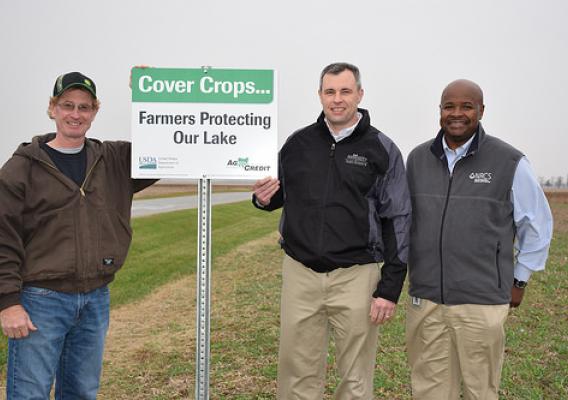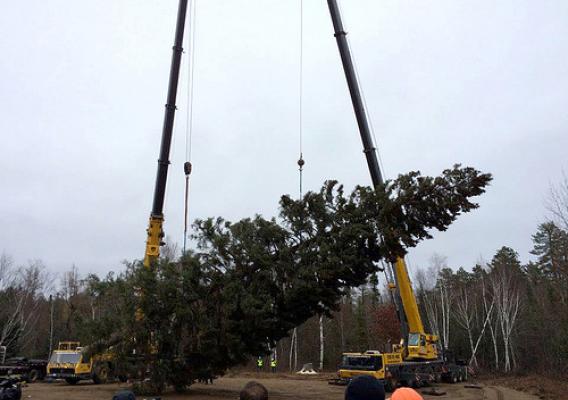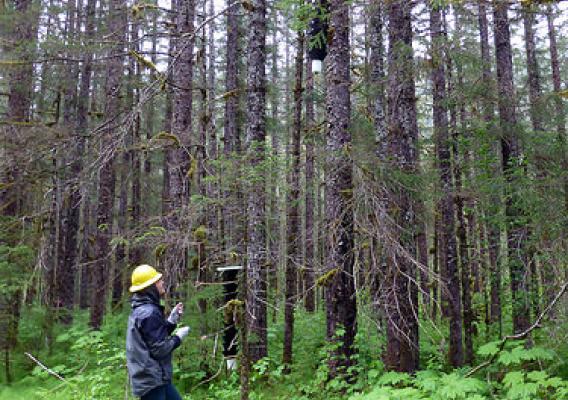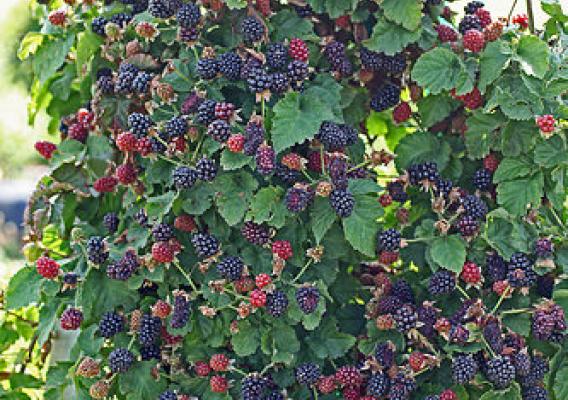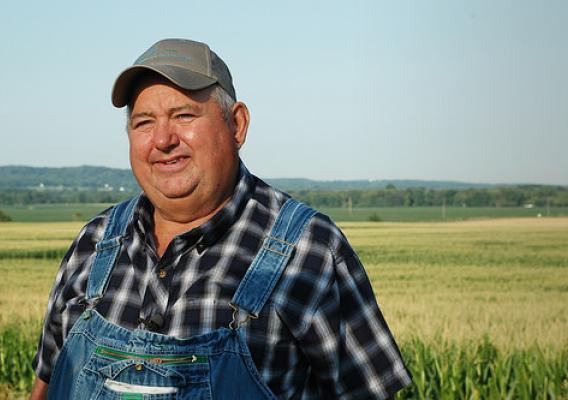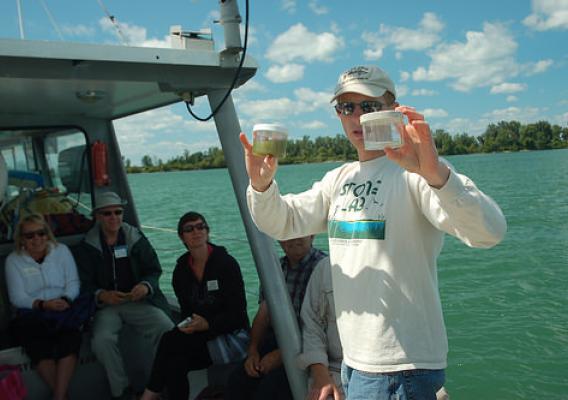This post is part of the Science Tuesday feature series on the USDA blog. Check back each week as we showcase stories and news from USDA’s rich science and research portfolio.
With the U.S. being the world’s leading producer of strawberries, the success of these tart and sweet treats is essential to the economy of a state like Florida. In fact, with a $366 million-per-year industry, the state comes second only to California as the nation’s largest strawberry producer. Naturally, strawberry growers are looking for ways to sustain their harvests and profitability.
Enter Natalia Peres, University of Florida Gulf Coast Research and Education Center professor of plant pathology. With funding from the USDA’s National Institute of Food and Agriculture (NIFA), Peres and her research team developed an online web tool, the Strawberry Advisory System (SAS), which helps farmers spend less money on fungicides yet achieve better results with what they do spray.


